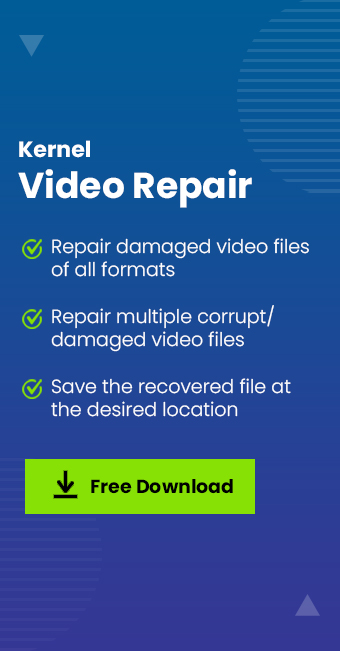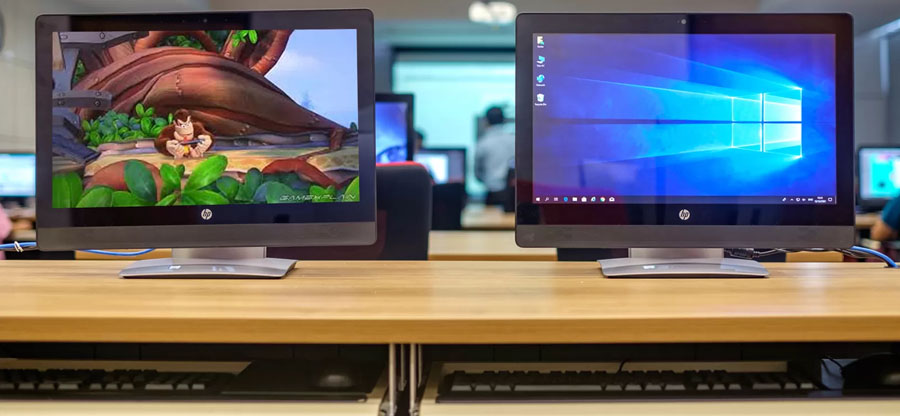Read time 6 minutes
Video is the most popular form of content, from entertainment to education. Video editing tools are needed to make those videos attractive and interactive. One such tool is Apple’s iMovie software, which was developed in 1999 and has a plethora of features. iMovie tool is often used for all kinds of editing effects like color settings, stabilizing videos, transitions, cropping, rotations, etc. One such feature is to merge various videos and blend them to form a single video. That is exactly where the video rendering error code 10008 error occurs in the iMovie software. Now, let’s analyze the other significant causes of this error and execute different resolution methods.
What Causes ‘iMovie Video Rendering Error 10008’ in iMovie?
To begin with, let’s dig deeper into the reasons for this error. Some of the root causes of the iMovie video rendering error 10008 are:
- Merging of different video formats: When various videos are merged to form a single video, ensure that all have the same video file format. The final product gets corrupted when blended formats display ‘video rendering error 10008’.
- Corruption in a single frame: One of the primary reasons for this error is a corrupted frame. You can check the final video frame-to-frame and identify a black-colored frame, which is the root cause of the error.
- Deleting videos from the system: The videos need to be imported to iMovie software before editing them. The error appears when the videos are deleted from the system after being imported into the software.
- Using corrupted video files: Using already corrupted videos for editing and transitioning often leads to iMovie displaying this error 10008.
Ways to Fix ‘iMovie Video Rendering Error 10008’
Here are some practical ways that will surely help you to resolve this issue. Follow each of them carefully.
Way 1. Detect and Remove the Black Frame
When transitions were applied to the video, a black frame must have been created where the video might be flickering. It simply means that this particular frame has been corrupted and is creating video sync problems in video files. Check the entire final edited video frame-by-frame to detect this specific black frame and either remove it entirely from the final video or replace it with a new clip. Now, try to play the final video again after dealing with the corrupted frame.
Way 2. Non-availability of Videos on the System
There is a need to import all the videos into the iMovie tool for editing them. Once this process is done, do not delete those videos from the system. Importing the videos does not mean that the iMovie tool has preserved them. It derives the content from the original destination in the system. In case of deleting these videos from the desktop or relocating them, the issue ‘video rendering error code 10008’ in iMovie may pop up.
Way 3. Different Video File Formats
If you are trying to blend videos of various file formats, it will definitely show errors. To avoid that, be certain that all mini-clips and videos have the same video file format. In a situation where two videos have MP4 format, while the third one is in MOV format. You need to convert it all into one video format, which is MP4. The conversion process can be effortlessly carried out in two methods:
- With the help of the VLC media player.
- Using a professional tool like the Kernel Video Converter.
If none of the above methods have worked so far, then it can be concluded that the video files are severely corrupted, causing the issue of ‘video rendering error code 10008.’ An urgent need arises to repair virus corrupted video files using a professional approach.
Repair Corrupted Video Files using Advanced Utility
After seeing the limitations of manual methods, the Kernel Video Repair software is reliable and provides a superior yet easy step-by-step repair process. It is very well capable of repairing all types of video file formats. With the software’s help, you can effortlessly convert multiple corrupted video files into healthy and playable conditions. You can repair any video file of any size. It is a powerful tool that supports videos taken from any professional camera and in any format.
Additional features of this tool:
- Repairs all formats of video files, including MP4, MOV, FLV, F4V, MKV, 3GP, etc.
- It can also repair multiple video files of different video formats simultaneously.
- It provides a simple, interactive user interface and is compatible with all Windows versions.
- Performs in easy steps and maintains original video quality.
Note: The tool can repair all videos created in the Mac environment. However, the videos have to be repaired in a Windows system.
Conclusion
‘iMovie video rendering error 10008’ occurs on the iMovie software while blending clips from many videos. A corrupted clip or black frame is the primary cause of error 10008 in the iMovie application. Also, deleting the videos from the original destination and adding videos with different file formats could lead to this error. As a result, the entire video may get corrupted and heavily damaged. In that case, you may need to repair the corrupted video, and it is recommended to use the Kernel Video Repair software for an effortless and instant process. Take a trial today!







